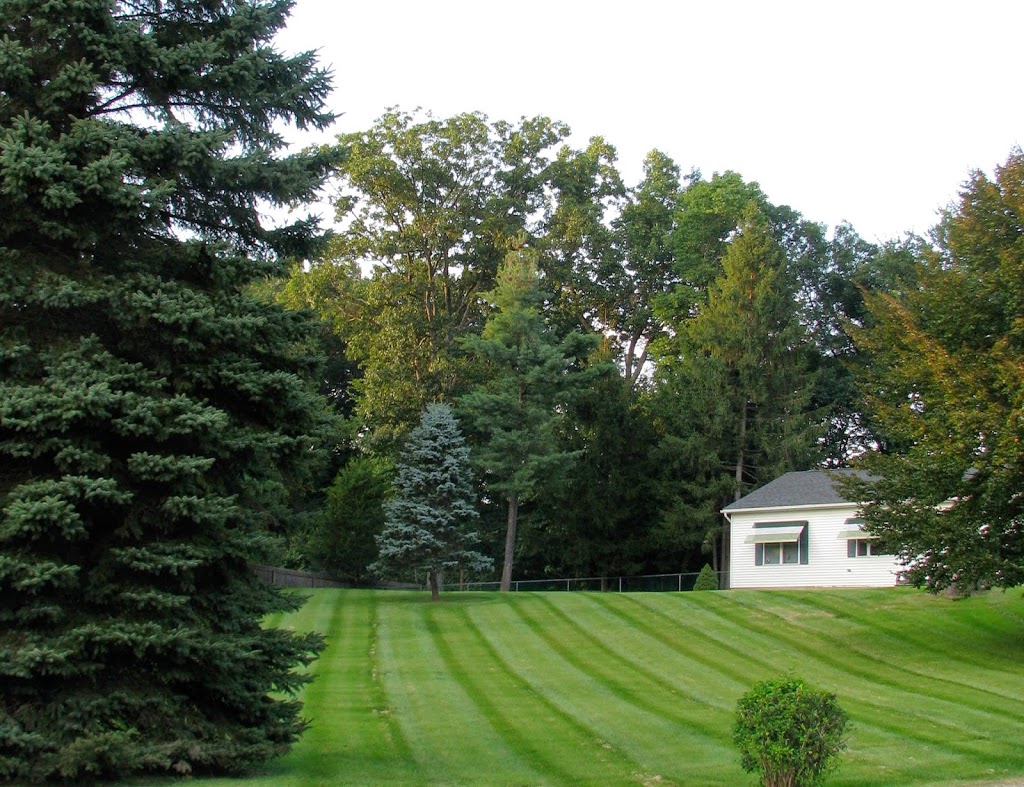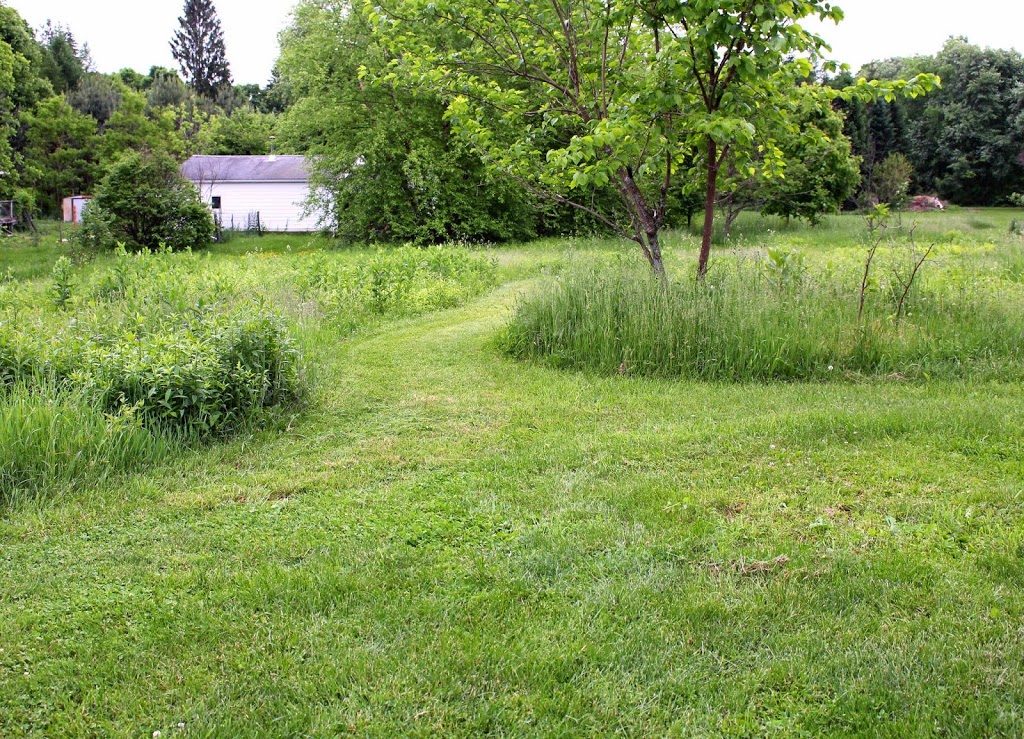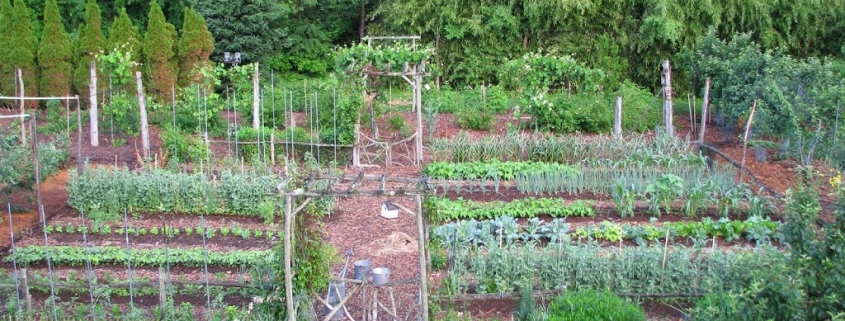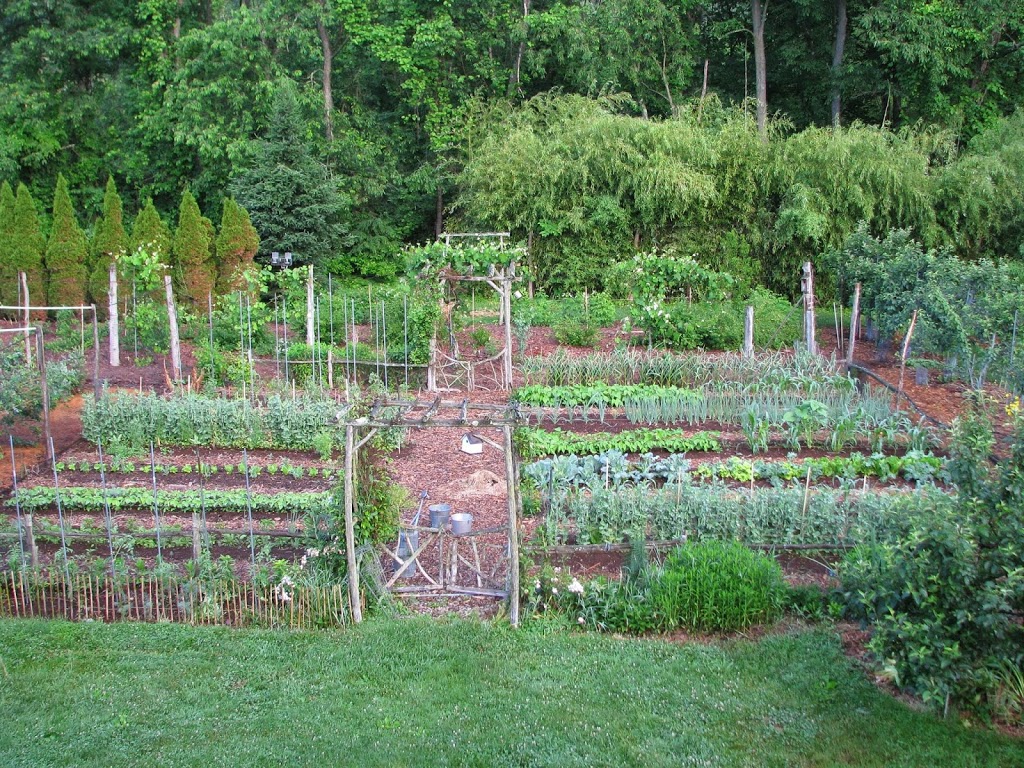Lawn Nouveau & Gooseberry Trees
Come visit my farmden on June 21st between 12 pm and 4 pm as part of the Open Days program of the Garden Conservancy. Admission is $5, the proceeds of which go to the Garden Conservancy, whose “mission is to preserve America’s exceptional gardens for the education and enjoyment of the public.” For more information about the Conservancy, go to www.gardenconservancy.org; for more about the June 21st visit, go to
https://www.gardenconservancy.org/opendays/open-days-schedule/openday/884-ulster-county-open-day or call 888-842-2442.
———————————————–
Some people contend that the grass is always greener on the other side of the fence. I disagree, and especially this year. I’m acting on the belief that if more than three people mention the same thing to me, something is amiss. More than three people have commented on the beauty of their lawns this year, that is, the greenness of the grass on their side of the fence. And these are not people who tend to puff up their chests about their lawns. Nor do any of them hire Chemlawn or some other specialized lawn care company to douse their lawns with various potions to try to create a uniform, lush, verdant greensward.
If lawns are, in fact, greener on these sides of the fences this year, I would attribute it to the cool temperatures and regular rainfall experienced throughout the Northeast this spring. Not, as a radio “expert” contended, to carbon dioxide enrichment of our atmosphere. (Carbon dioxide contributes to global warming and also, as one ingredient of photosynthesis, can spur plant growth. But if it was responsible for this year’s greener lawns, it also would have been responsible for greener lawns for the past few years.)
Anyone desirous of a lawn to reliably brag about year in and year out should move to Britain or some other country of northern Europe. That’s where the climate is ideal for lawns, and where the fad originated.
 |
| A nice lawn, but not mine |
Lawns had their beginnings in manor estates where the turf was shorn by livestock and the swing of the scythe. Things became more democratic beginning about 1830, when Edwin Budding conceived of the first incarnation of the lawn mower. In the decades that followed, a rising middle class, suburbanization, improvements in lawn mowers and water supplies, and more leisure time afforded by the 40 hour work week all contributed to the spread of lawn culture, which really took off in this country with the housing boom following World War II. Abraham Levitt, creator of Levittowns in that period, wrote “No single feature of a suburban residential community contributes as much to the charm and beauty of the individual home and the locality as well-kept lawns.”
————————————————-
A lawn is a nice surface for children to play on and provides a homogeneous, calming backdrop to a garden and home. A lawn also can be a source of pollution from fertilizers and pesticides, provide food for grubs that become Japanese beetles, and can, if sufficiently expansive, be homogeneous backdrop to the point of boredom.
I choose a middle way with my lawn: Lawn Nouveau (as featured in my book The Pruning Book). The more civilized area, that is, the area around my home, is mowed regularly. Further out, the grass or whatever else pops up is allowed to grow unfettered, except for being mowed once a year with either scythe or tractor. Two paths into this meadow are mowed as regularly as is the shorn lawn to provide enticement to walk into the meadow to get to the other side or to appreciate it up close or from other vantage points. Depending on the time of year, the weather, and when it gets its yearly mowing, the meadow might be awash in such colors as yellow from goldenrods or buttercups, or pastel blue from bee balm.
 |
| My Lawn Nouveau |
I’m wondering if the shorn part of my lawn appears any different to anyone this year than in years past. To me, the grass is neither greener nor less green than on the other side of any fence. It looks the same as every year at this time: thick and lush.
————————————————-
A couple of weeks ago I wrote about the imported currant worm, a bothersome pest that chomps all the leaves from gooseberry plants in spring. Oddly, it often ignores currants . . . but what’s in a name? I also wrote that one potential control for this pest might be to grow gooseberries as miniature trees. The worm lacks either the smarts or the energy to climb the leafless trunk to get at the leaves, or so my reasoning goes.
Thus far, my reasoning seems sound; nary a leaf has been touched on the “trees.”
 |
| My gooseberry tree in the making |
I am training my tree gooseberry by pruning away all but the most vigorous, upright shoot and then pruning off the bottom-most two feet of leafy side-branches on that remaining trunk-to-be. I also pinched back the tip of that trunk-to-be at about 2-1/2 feet from ground level to stimulate branching, which has happened.
Over time, the plant will attempt to send up new shoots from near the ground and along the trunk; I’ll cut them off. The cluster of stems up high will need annual pruning, just the same as if they were all growing from ground level.
Another option would have been to graft a gooseberry variety onto the stem of a compatible plant that is more upright growing than gooseberry. European gardeners frequently grow their gooseberries as mini-trees, and create them by grafting on Ribes aureum, the golden currant, a native American plant. I grow golden currant and perhaps I’ll also try to make gooseberry trees by grafting.
Tree gooseberries have their downsides and upsides. On the downside, gooseberries really prefer to grow as bushes. As bushes, they naturally grow new shoots at or near ground level, and those stems tend not to be long-lived. However, a new trunk can quickly replace a dead or dying one.
The upsides to tree gooseberries are that the currant worm is thwarted, the fruit is held up off the ground, and — to me, at least — the plants look really cool.






I found the history of the lawn interesting and I guess it just clicked that Europe has the ideal climate for lawn. I like that you leave your lawn “Nouveau” and have mowed paths to walk through. I would call that a meadow and I just love meadows especially when there is a path cut through – there is so much action going on between all the flowering and seeding plants and the insects and birds. I rarely stare at a patch of clipped grass all day – not much going on there. I think if I continue on my path, I will not have any patch of lawn. I like the gooseberry tree although I would never attempt anything like that. I am sure you will enjoy its rewards.
Love the Gooseberry Tree!. I have several red Gooseberry bushes and always enough to pot one up for a friend. Now I really want to try and grow a few as trees. Thank you for sharing that idea.